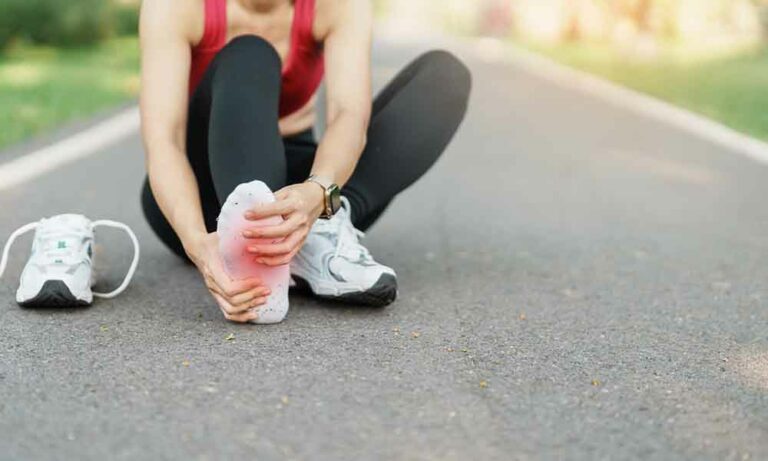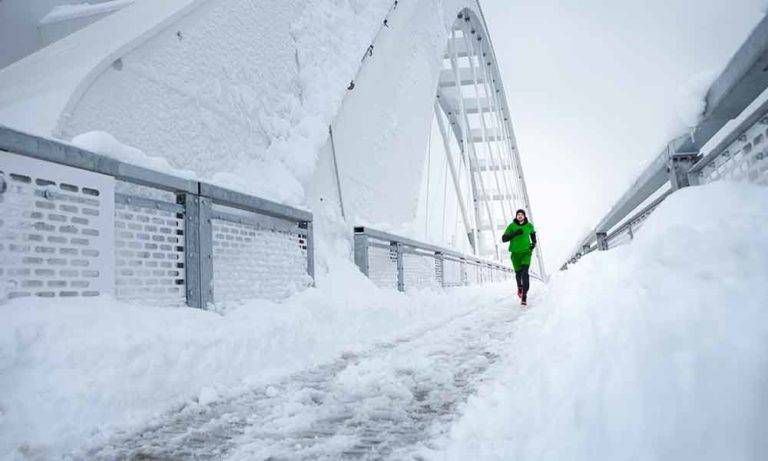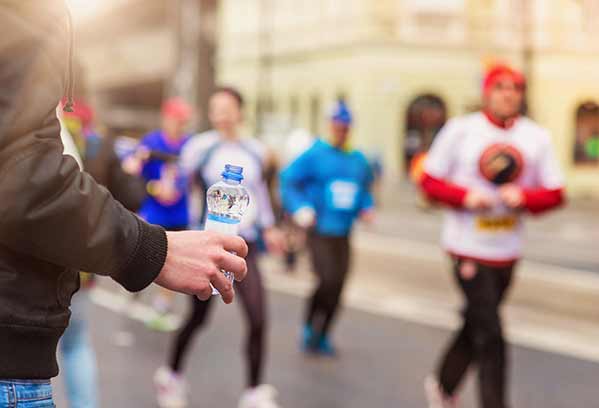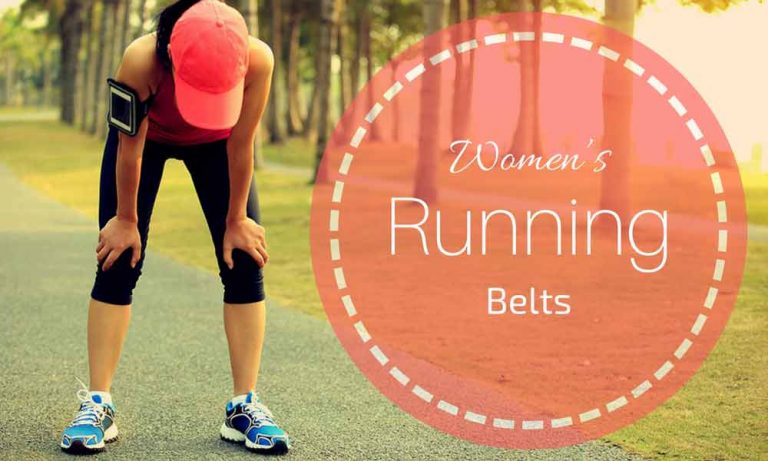What Does Pace Mean In Running? (How to Calculate Your Average Pace?)
If you are just beginning your running journey, you probably hear many new terms, such as cadence, stride, and pace. Let’s take a look at what pace means in running.
If you are a professional athlete, you must be well familiar with the term ‘pace’ or ‘running pace.’
However, for those of you, who are new to this field or are aspiring runners, you will come across this word someday. That is why we are here to help you.
In short, pace can be defined as the number of minutes it takes you to cover a mile or a kilometer. Knowing and understanding your own running pace will help you figure out how fast you should sprint in a race and will help you closely monitor your development over time.
In this article, we will explain to you in detail what pace means in running, so keep on reading.
What Does the Term ‘Running Pace’ Mean?
Simply put, pace means your running speed. It is usually expressed as the average time it takes to cover a mile or a kilometer during a long run. Pace is vital because:
- It provides you with immediate data on how long it takes you to run a certain distance.
- Popular races, such as the 5K, can be completed in under an hour, making pace adjustment more useful.
Your average pace is the average of your speed for the full length of your run, irrespective of whether you changed your tempo from start to finish.
How to Calculate Your Average Pace?
You might be wondering, “how do I calculate my average pace?”. It is pretty simple. Just divide your total running time by the distance you covered in miles or km.
Average Pace = Total Running Time/Distance you covered in miles or km
For example, let’s say you ran 6 miles in 42 minutes, so divide 42 minutes by 6 miles, and you will find your pace of 7 minutes per mile.
What Is the Difference Between Pace And Speed?
We often get confused between pace and speed. Continue reading to learn the difference between pace and speed.
The average time it takes you to travel 1 mile or 1 kilometer in minutes is called pace. It becomes even more essential if you’re preparing for a race with a specified time target.
Pace is a way of letting others know how fast you’ve been running, and it’s just another way of expressing your speed. Athletes talk about their pace regarding how long it takes them to complete a mile.
On the other hand, speed is the distance traveled in a certain amount of time. It could help you gain muscle and burn fat more effectively. It refers to all moving objects, including bicycles, motorcycles, automobiles, buses, boats, trains, and airplanes.
How Should You Improve Your Pace in Running?
To enhance your speed, you must first know your current speed and then incorporate new types of training and tactics that can help you improve your tempo in many ways.
Therefore, there is no single strategy to boost your running speed; instead, it takes a combination of approaches to help you become a better all-around runner.
Try the following activities to boost your speed and endurance while increasing your average pace every mile.
Interval Training
Interval training is a set of workouts that is a mix of high-intensity sprints with low-intensity jogging or relaxation. Interval training can be done on a track, treadmill, or even in your neighborhood park, as long as you have a constant distance that you can repeat numerous times.
Warm up by jogging slowly for 10 minutes. Then run for 2 to 5 minutes at a medium-high speed. Ease and relax by jogging for the same length of time. Repeat this 4–6 times more if necessary. Do this at least once or twice a week until you’ve reached your preferred pace comfortably.
Tempo Training
Tempo training is a type of pace training in which you run at a rate that is ‘comfortably challenging.’ This means you’re jogging at a fast enough rate that you can’t carry a conversation but not fast enough to sprint.
Warm-up for ten minutes. After that, run for a few minutes fast, then jog for a few minutes. For a 5K, sprint up to ten to fifteen minutes at tempo pace, and for longer races, 20-30 minutes at tempo pace.
Improve Your Running Technique And Form.
If you want to increase your running pace, proper running posture is also necessary. Make sure you’re running appropriately, with your arms swinging at your sides and your hands and shoulders relaxed.
In terms of technique, boosting your turnover by raising the number of steps you take each minute could benefit you. To maintain track, use a pedometer. All of these will assist you in quickening your pace.
Some Extra Tips for Increasing Your Speed Include:
- Maintain a healthy way of living.
- Contact your doctor or a dietitian about a healthy food plan that can help you achieve your goals, whether running faster, gaining muscle, or losing weight.
- Dress accordingly. When running, dress in light, wind-resistant apparel. Consult your nearest running store to get a pair of lightweight running shoes that you can use to train on the track on race day.
- Concentrate on the form. Maintain a comfortable posture with your hands and shoulders.
Final Thoughts
Hopefully, whatever remaining doubts you had about the fundamentals of running pace have dissipated, and you can now confidently stride away in your upcoming races.
Understand that your running pace will improve. Your speed is determined by your current fitness level. High-intensity interval training can help you increase your racing speed. Try them out on a racetrack near your house.
To avoid getting hurt, remember to increase your speed gradually. Do not overwork yourself to the point of tiredness. Before beginning any new exercises, see your doctor.





